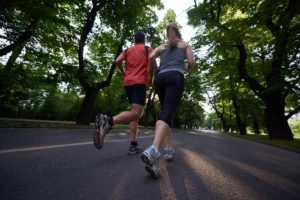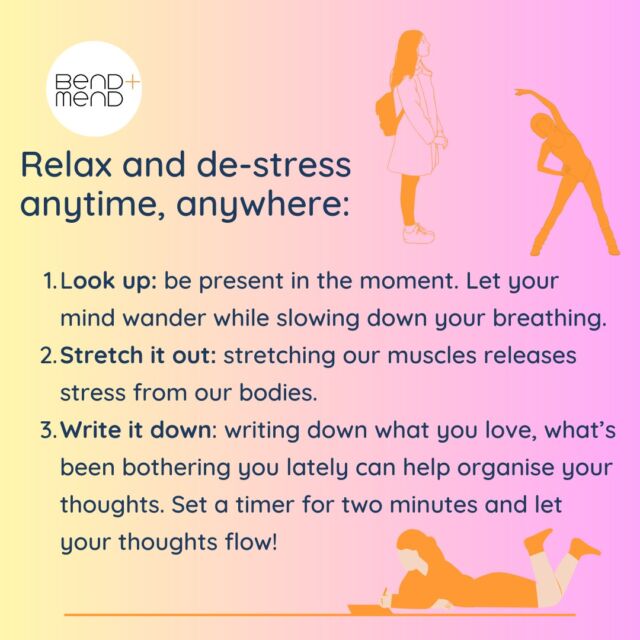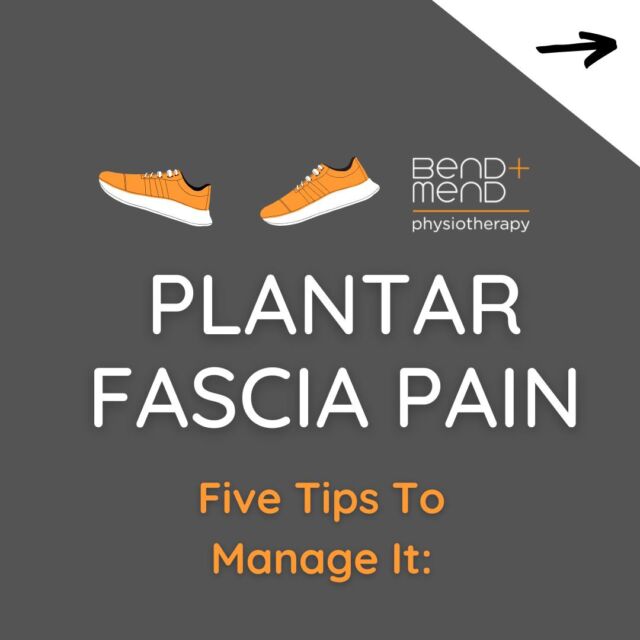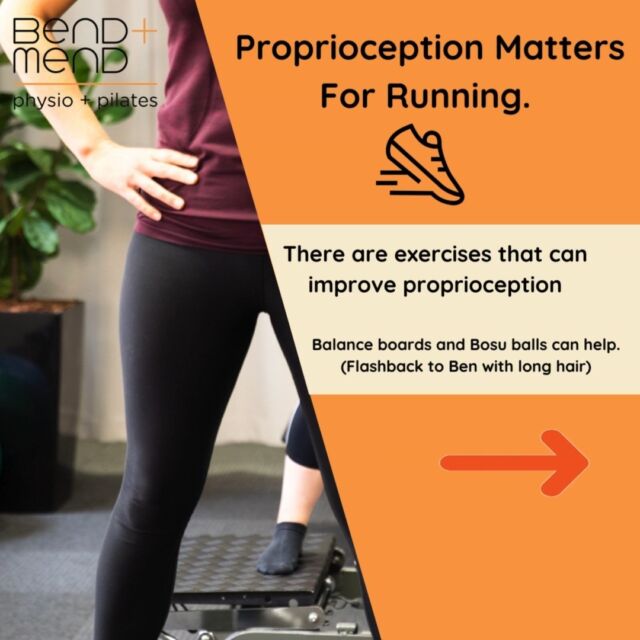 In the first part of this blog we looked at the available research and found evidence to firmly challenge the historical notion that stretching is necessary before exercise. But does that mean all pre-exercise limbering up is a bad idea? No, I don’t think so.
In the first part of this blog we looked at the available research and found evidence to firmly challenge the historical notion that stretching is necessary before exercise. But does that mean all pre-exercise limbering up is a bad idea? No, I don’t think so.
Doing scientifically tight experiments to really prove/disprove things in real humans is actually extremely hard and not everything can be studied by randomised controlled trials.
So to make the best sense of it all and to give patients the best advice, we should use a bit of informed logic in an attempt to fill in the gaps in the research. Here are a few personal thoughts of mine:
The Trouble with Research
- One consideration is that many studies are done using only healthy populations. They’ll typically use young, fit people and anyone with a pre-existing injury may be excluded from the study.
As mentioned, conducting experiments in real humans is extremely hard. We all vary and it’s common for researchers to spend a lot of time and effort on an experiment only for the results to come back saying there was “no statistically significant difference between groups.” This may mean something that can have a real effect looks like it has no effect because either the experiment had too few people or was difficult to control for other factors. Doing an experiment that stands up to professional and academic scrutiny is much easier when using a uniform group of people. So, if trying an experiment comparing stretching vs no-stretching, a researcher might exclude everyone with an injury or issue to try and get a nice, uniform group.
How many of you reading would say that you have no current injuries or issues? So does the research apply well to you?
My Two Cents
- It is still possible that stretching may be beneficial if the muscle is tighter than its “normal” state. In this instance, the goal of stretching would be to make a tight muscle normal, rather than make a normal muscle loose.
As far as I can see, this hasn’t been directly studied and it probably won’t ever be because it would just be a painfully tricky experiment for a researcher to attempt. The closest thing I’ve found was an experiment comparing athletic performance with and without pre-stretching. It showed a trend where less flexible people responded more positively to stretching then more flexible people, which I think makes a bit of sense.
Putting It into Practice
- Say you’re preparing to go for a run, but you know that your quadriceps are tighter than they usually are. You’ve been feeling them since you worked them hard in a spin class two days ago. I would argue that if a few static stretches can get these feeling better, more like normal, then that’s worth doing. But if your hamstrings feel normal, then I’d leave them alone.
Of course, you could also try to help your quadriceps via dynamic stretches, a foam roller or just seeing if they improve via gradual warm-up. Any of these might get them feeling good and there’s no evidence that one is superior.
- What if you feel like you are “always” tight in a certain muscle group? Hip flexors feeling tight after sitting in the office comes to mind. Perhaps you find that stretching these before exercise always feels good, so you make it a habit.
And what if you are, like most of my patients, going through a recovery process for an injury? It’s likely that you’ll have tightness related to that too, so reason to use some pre-exercise stretching.
- The 2009 study that hinted that stretching before exercise could prevent injuries had a mean subject age of 40, which is older than the Army studies where stretching showed zero benefit. While this proves nothing, I think it’s plausible that older people experience more of an injury reduction via stretching than young whippersnappers.
My Take Home Messages
- Do some form of warm-up (a brief one is often enough.)
- You want to feel good/normal before starting exercise.
- If anywhere feels tighter than you’d like, try to improve it. This can be via stretching, foam rolling, Pilates exercises or anything you know that works for you.
- Generally avoid static stretching if the muscle already feels okay.
- If the activity you’re about to do involves maximal flexibility, lean towards more stretching. If the activity involves maximal strength or power, lean towards no stretching.
Hope that helps get you thinking. Thanks for reading!







